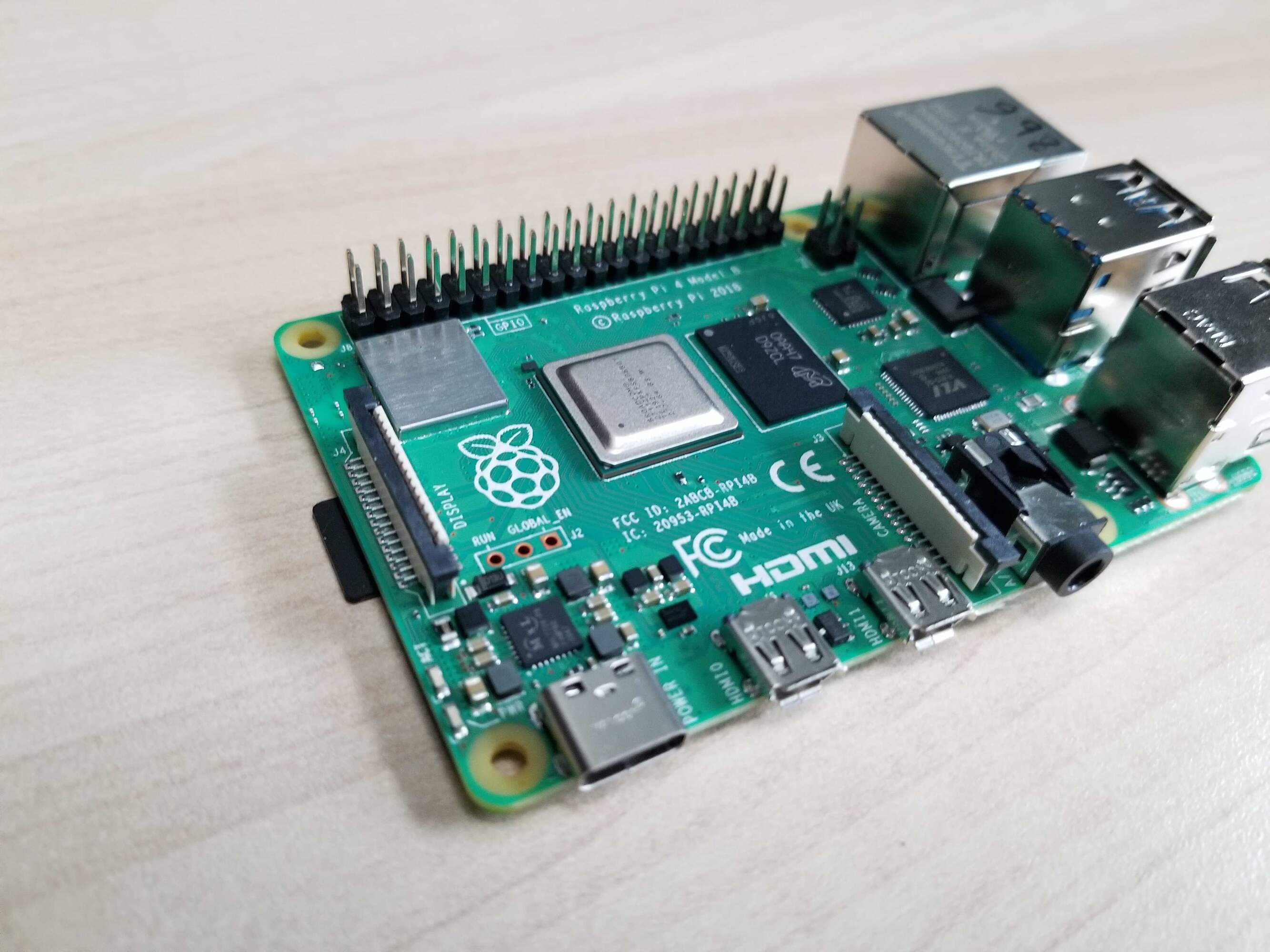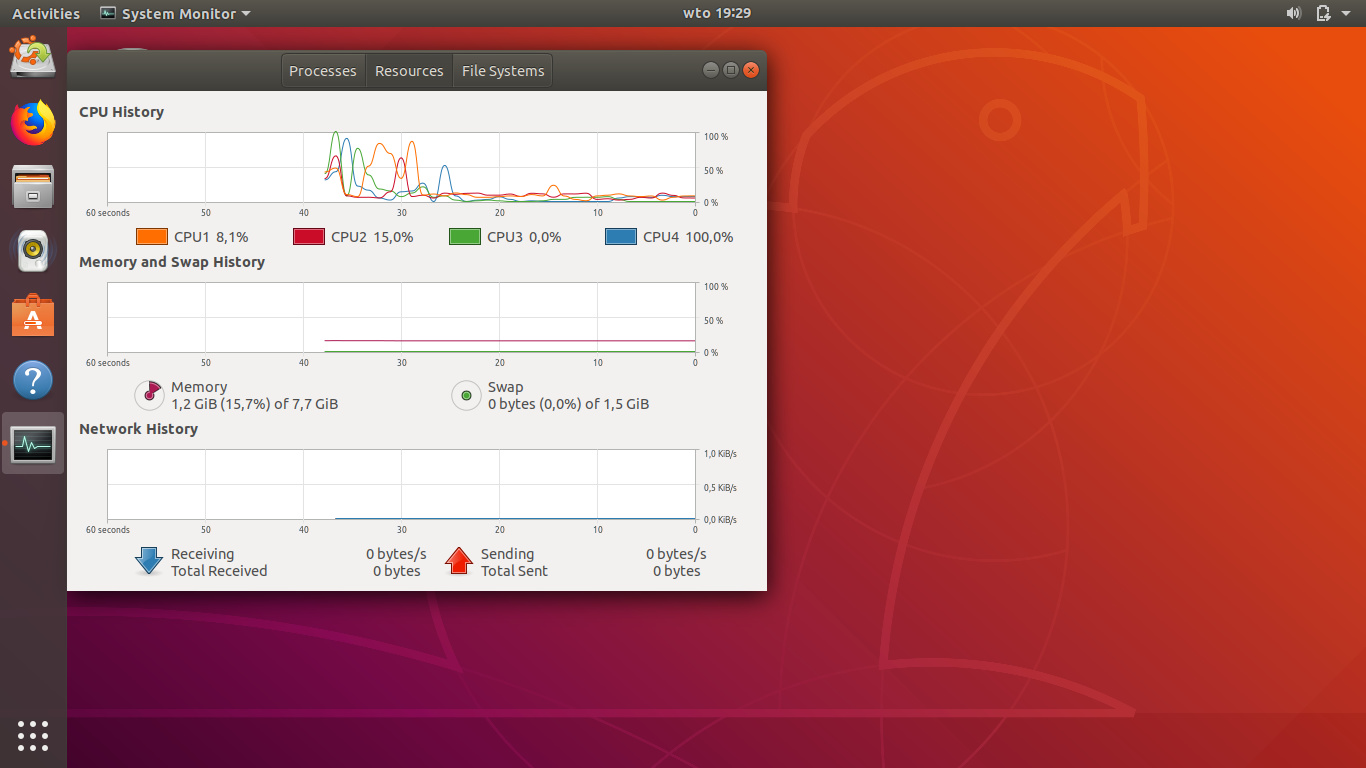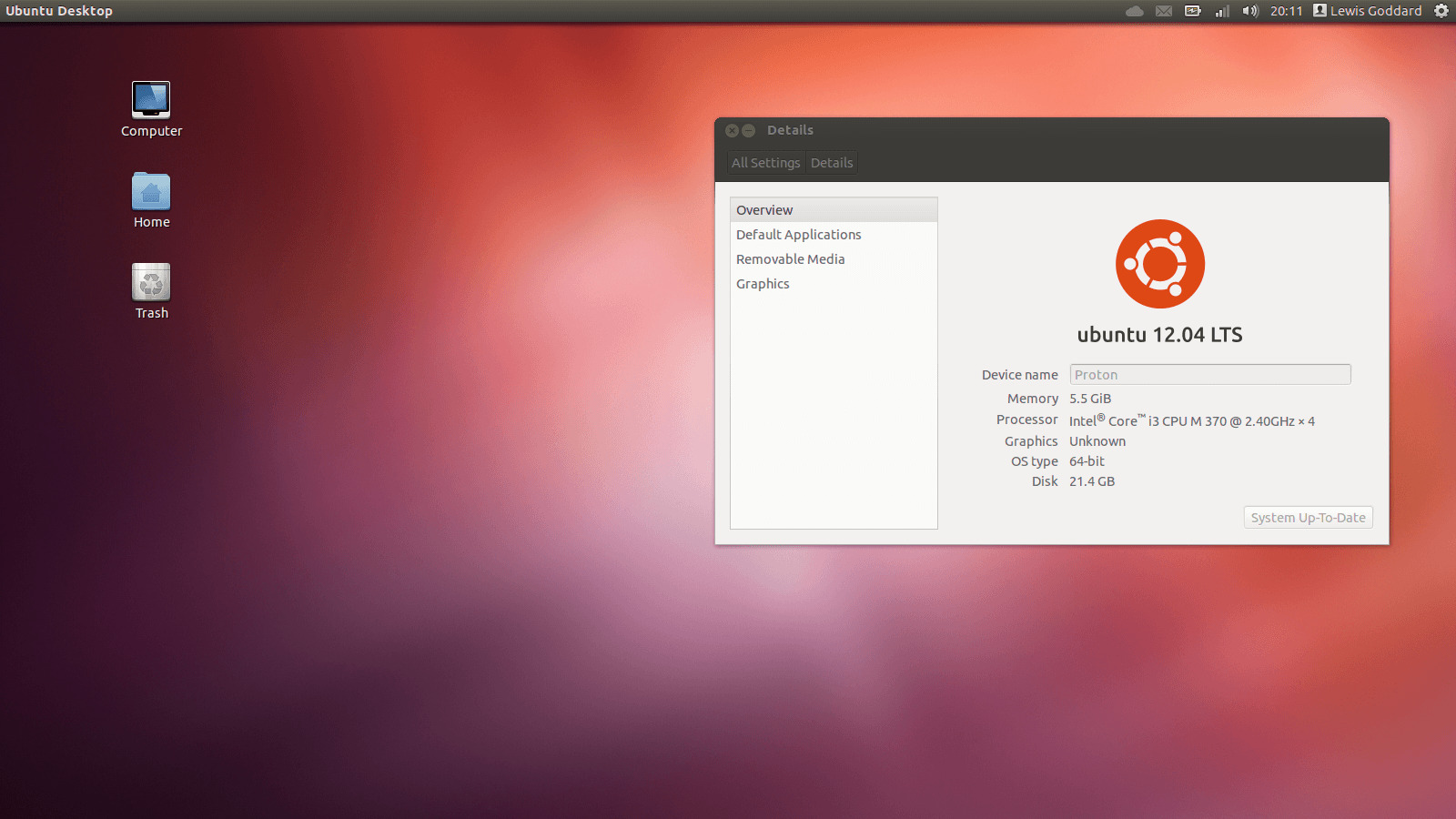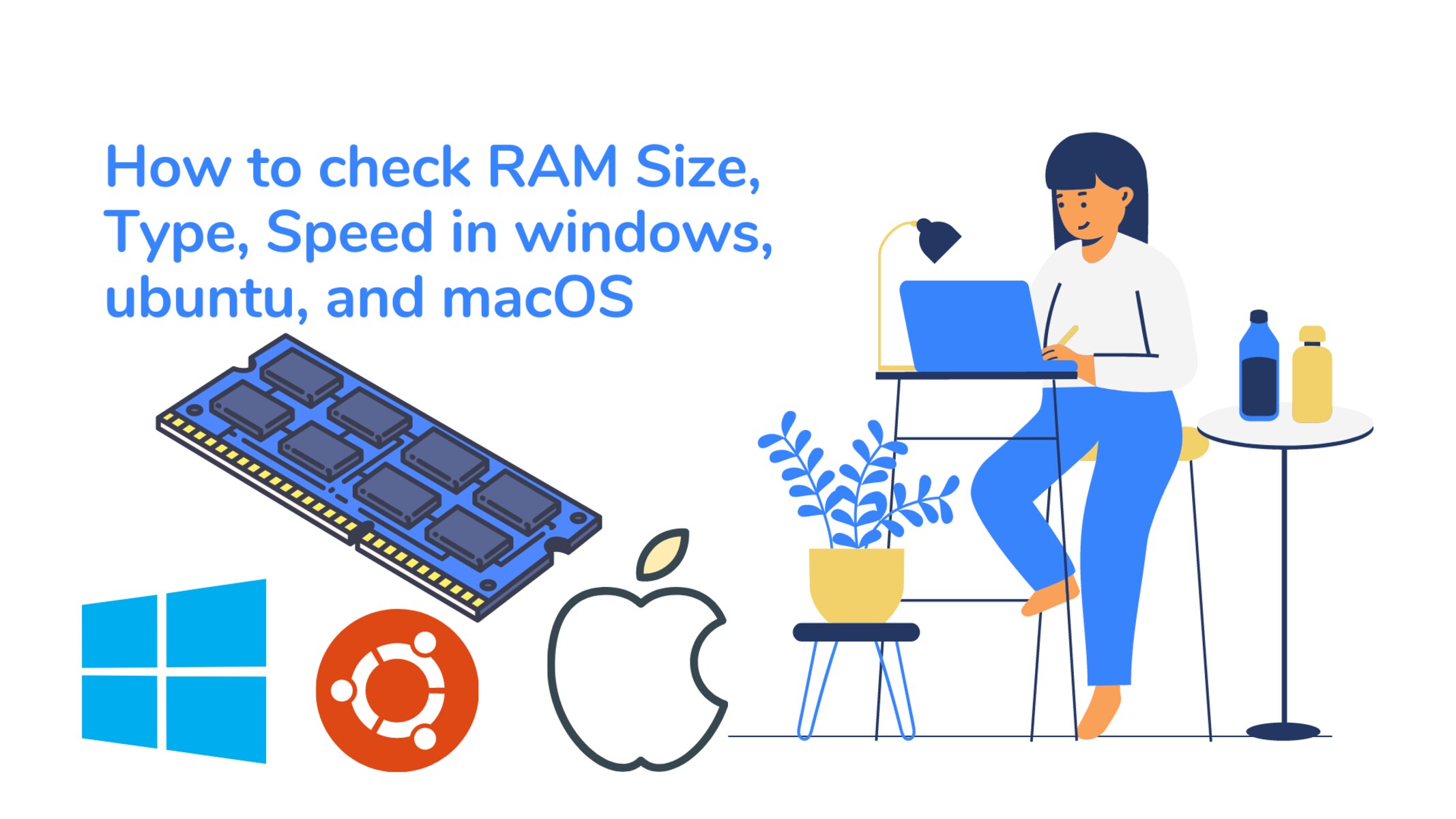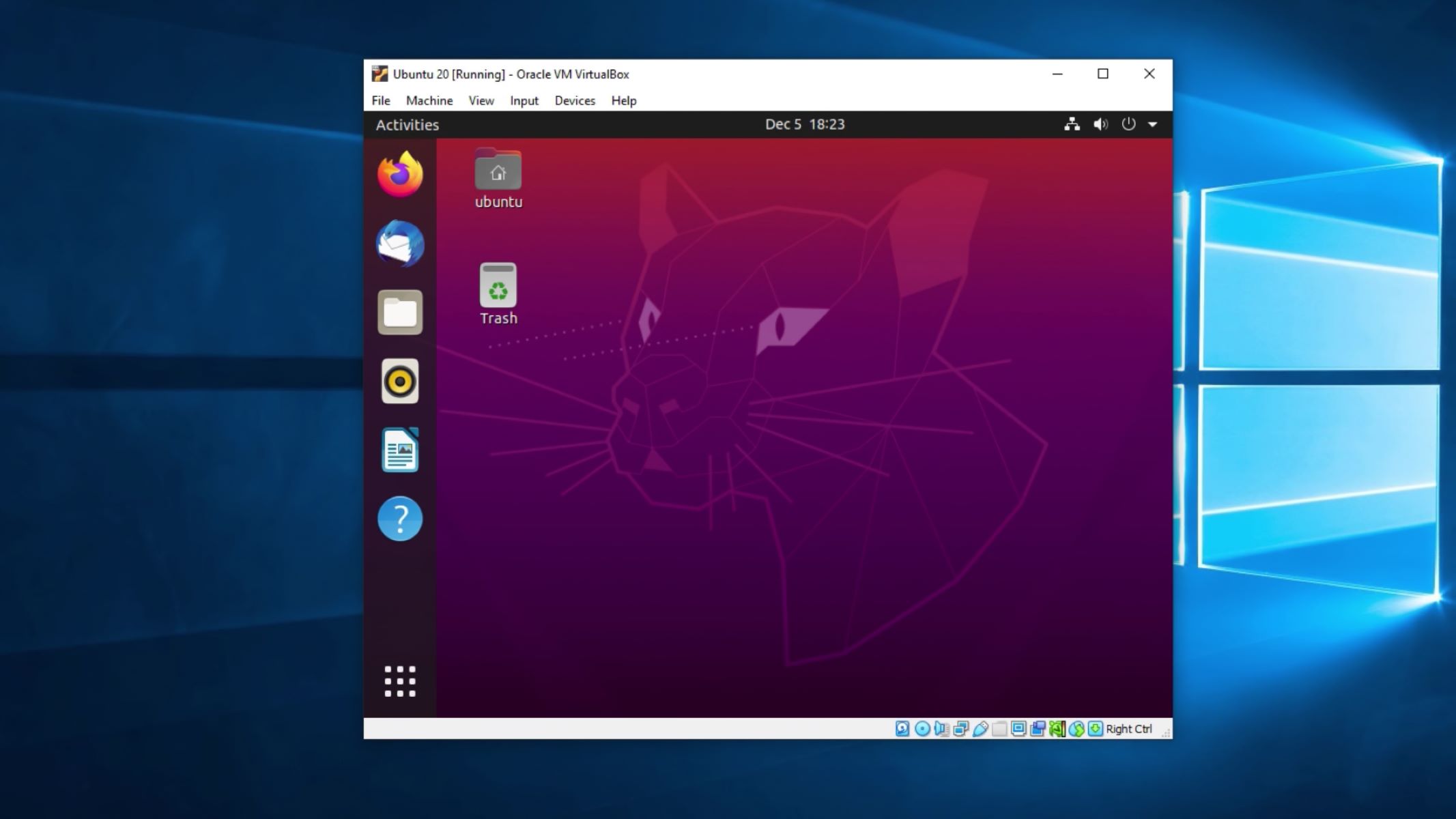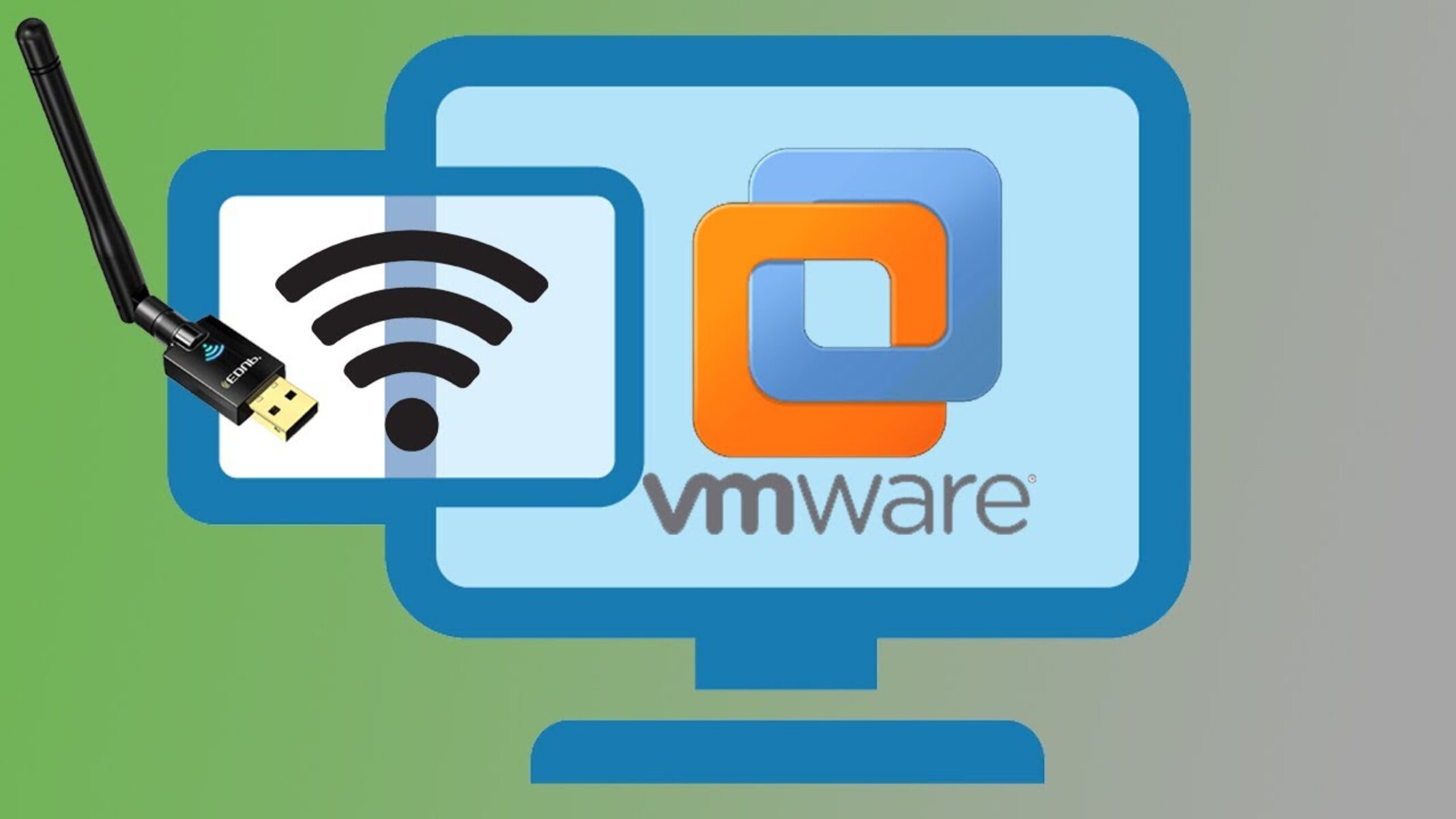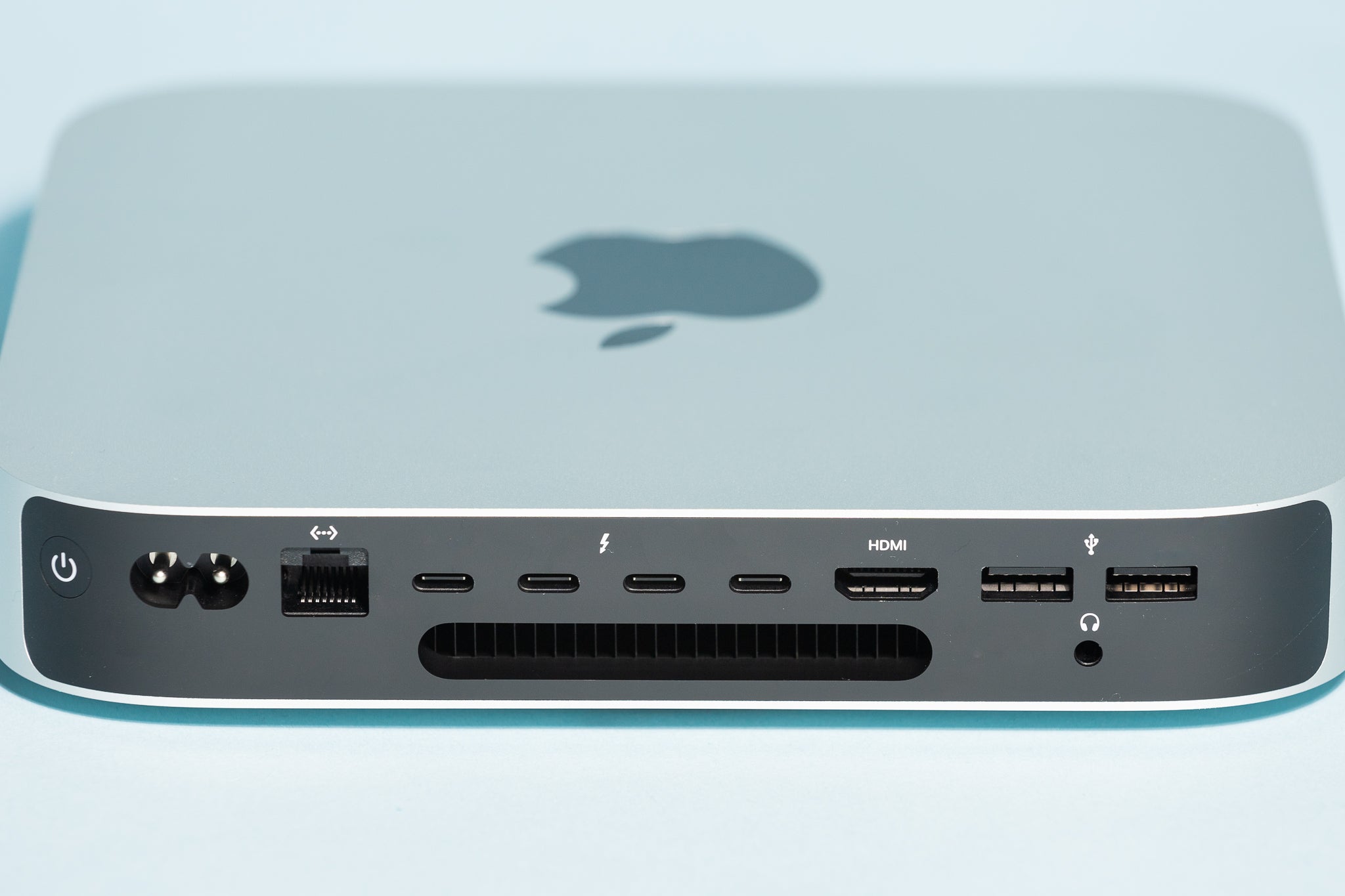Introduction
In the world of technology, understanding the specifications and capabilities of your system is crucial. Whether you are a casual user or a tech enthusiast, knowing how much RAM (Random Access Memory) your computer has is essential. RAM plays a significant role in the performance and multitasking capabilities of your system, allowing it to handle multiple tasks simultaneously.
For Ubuntu users, finding out the amount of RAM in your system is a straightforward process. In this article, we will explore different methods to check the RAM on your Ubuntu machine. Whether you prefer using the command line or a graphical user interface, we have got you covered.
Knowing your system’s RAM capacity can help you determine if you have enough memory to run specific applications or whether an upgrade might be necessary to improve your system’s performance. Additionally, monitoring your RAM usage can help you identify any potential bottlenecks and optimize your system accordingly.
In the following sections, we will walk you through the various methods available to check your RAM in Ubuntu. No matter your level of technical expertise, you will find a suitable approach to fulfill your needs. So, without further ado, let’s dive in and explore the different tools and techniques for checking the RAM on your Ubuntu machine.
Checking RAM in Ubuntu
When it comes to checking the amount of RAM in your Ubuntu system, you have a variety of options at your disposal. From command line tools to graphical user interfaces, let’s explore some of the most commonly used methods:
### Command Line Tools
For those comfortable with the command line interface, Ubuntu provides several built-in command line tools that can help you determine your system’s RAM size, usage, and other related information.
- free: The “free” command displays information about total and available memory in kilobytes, megabytes, and gigabytes. Simply open a terminal and type “free -h” to get a human-readable output.
- top: The “top” command provides real-time information about system processes, including memory usage. Running “top” in the terminal will give you an interactive interface where you can sort processes by various criteria, including memory usage.
### Graphical User Interface
If you prefer a more visually appealing approach, Ubuntu offers graphical user interfaces that make checking your system’s RAM a breeze. The most common tool is the “System Monitor,” which provides an intuitive graphical representation of your system’s overall performance, including memory usage.
- System Monitor: To access the System Monitor, simply click on the Ubuntu Dash icon (located at the top left corner of your screen) and search for “System Monitor.” Once opened, navigate to the “Resources” tab, where you will find detailed information about your system’s memory usage, including total RAM and current usage.
By utilizing these command line and graphical tools, you can easily check the RAM in your Ubuntu system. Whether you prefer the flexibility and power of the command line or the simplicity of a graphical interface, Ubuntu offers a variety of options to suit your needs.
Now that you are familiar with the tools available let’s explore how to check the total RAM, available RAM, and RAM usage in Ubuntu.
Command Line Tools
For Ubuntu users who prefer the command line interface, there are several built-in tools that can be used to check the RAM on their system. These command line tools provide quick and efficient ways to gather information about the total RAM, available RAM, and RAM usage. Let’s explore two of the most commonly used command line tools:
- free: The “free” command is a powerful tool that displays information about the total and available memory on your system. To use this command, simply open a terminal and type “free -h” or “free -m” for a human-readable output in gigabytes or megabytes, respectively. The output will include details such as total memory, used memory, free memory, shared memory, and more. It’s a handy tool for quickly checking your system’s RAM status.
- top: The “top” command provides real-time information about system processes, including memory usage. Running “top” in the terminal will give you an interactive interface where you can see the list of running processes and their resource utilization, including memory. The processes are sorted by default in descending order of CPU usage, but you can also sort them by memory usage by pressing “Shift + F” and selecting the appropriate column. This tool is particularly useful for monitoring memory-intensive processes and identifying any potential memory leaks or excessive memory usage.
These command line tools offer a convenient way to check your system’s RAM without the need for any additional software or configuration. Whether you prefer a simple overview of the memory status or a more detailed breakdown of individual processes, these command line tools provide the necessary information to assess your system’s memory usage efficiently.
Now that we have explored the command line tools, let’s move on to the next section and learn how to check the total RAM, available RAM, and RAM usage using graphical user interfaces in Ubuntu.
Graphical User Interface
For those who prefer a more visual and user-friendly approach, Ubuntu provides a variety of graphical user interfaces (GUI) that make checking your system’s RAM a breeze. These GUI tools offer an intuitive and interactive way to gather information about the total RAM, available RAM, and RAM usage. Let’s explore the most commonly used GUI tool:
- System Monitor: The System Monitor is a built-in tool in Ubuntu that provides a comprehensive overview of your system’s performance, including memory usage. To access the System Monitor, simply click on the Ubuntu Dash icon located at the top left corner of your screen, and search for “System Monitor.” Once opened, navigate to the “Resources” tab, where you will find detailed information about your system’s memory usage, including total RAM, available RAM, and real-time usage graphs. The System Monitor allows you to monitor memory usage and identify any memory-hungry processes that may be affecting your system’s performance.
The System Monitor GUI tool offers an easy-to-use interface, making it simple for users of all levels to check their system’s RAM status. The real-time usage graphs provide a visual representation of memory consumption, allowing you to track any spikes or significant changes in memory usage. This can be particularly helpful when troubleshooting performance issues or optimizing resource allocation.
By utilizing the graphical user interface tools provided by Ubuntu, users can effortlessly monitor their system’s RAM. Whether you prefer the simplicity of the System Monitor or opt for more advanced third-party applications, Ubuntu offers an array of options to suit your preferences.
Now that we have explored the command line tools and graphical user interfaces for checking RAM in Ubuntu, let’s move on to the next section and learn how to check the total RAM, available RAM, and RAM usage.
Checking Total RAM
Knowing the total amount of RAM installed on your Ubuntu system is essential for understanding its capabilities and determining if an upgrade is necessary. Fortunately, Ubuntu offers several methods to check the total RAM easily. Let’s explore a few of them:
- free command: As mentioned earlier, the “free” command can provide information about the total RAM in your system. Open a terminal and type “free -h” or “free -m” to see the total memory in human-readable gigabytes or megabytes, respectively. The output of the command will display the total memory under the “Mem” section, allowing you to quickly identify the installed RAM capacity.
- System Monitor: The System Monitor GUI tool in Ubuntu also provides information about the total RAM. Open the System Monitor by clicking on the Ubuntu Dash icon and searching for “System Monitor.” Once opened, navigate to the “Resources” tab, where you will find the total memory displayed under the “Memory” section. This provides a visual representation of the total RAM installed on your system.
These methods allow you to quickly check the total amount of RAM available in your Ubuntu system. Whether you prefer using the command line or a graphical user interface, Ubuntu offers straightforward options to retrieve this information.
Having knowledge of your system’s total RAM is essential for making informed decisions regarding system performance, resource allocation, and potential upgrades. By understanding your system’s capabilities, you can optimize its performance and ensure it meets your specific requirements.
Now that we know how to check the total RAM, let’s explore the next section to learn how to check the available RAM in Ubuntu.
Checking Available RAM
Checking the available RAM on your Ubuntu system is crucial for understanding the resources you have at your disposal for running applications and processes. Ubuntu provides several convenient methods to determine the available RAM. Let’s explore some of these methods:
- free command: The “free” command is once again an excellent tool for checking the available RAM. Open a terminal and type “free -h” or “free -m” to see the available memory in human-readable gigabytes or megabytes, respectively. The output of the command will display the available memory under the “Mem” section, allowing you to easily identify the amount of RAM currently not in use.
- System Monitor: The System Monitor GUI tool in Ubuntu also provides information about the available RAM. Open the System Monitor by clicking on the Ubuntu Dash icon and searching for “System Monitor.” Once opened, navigate to the “Resources” tab, where you will find the available memory displayed under the “Memory” section. This provides a visual representation of the RAM currently unused by the system.
By utilizing these methods, you can quickly check the available RAM on your Ubuntu system. This information is invaluable for understanding the resources you have available for running programs and ensuring smooth multitasking.
Monitoring the available RAM is particularly useful when dealing with resource-intensive tasks or running multiple applications simultaneously. It allows you to gauge how much memory is being used and how much is still available, enabling you to make informed decisions about launching additional programs or determining if a memory upgrade may be necessary.
Now that we have explored how to check the available RAM, let’s move on to the next section and discuss how to check the RAM usage in Ubuntu.
Checking RAM Usage
Monitoring the usage of RAM in your Ubuntu system is essential for identifying potential performance issues, optimizing resource allocation, and troubleshooting memory-related problems. Fortunately, Ubuntu provides various methods to check the RAM usage. Let’s explore a few of them:
- top command: The “top” command in Ubuntu displays real-time information about running processes, including their memory usage. Open a terminal and type “top” to launch the interactive interface. By default, the processes are sorted by CPU usage, but you can press “Shift + F” and select “RES” to sort them by memory usage. This allows you to quickly identify any processes consuming a significant amount of memory and take appropriate action, such as closing unnecessary applications or optimizing memory usage.
- System Monitor: The System Monitor GUI tool in Ubuntu provides a comprehensive overview of your system’s performance, including RAM usage. Open the System Monitor by clicking on the Ubuntu Dash icon and searching for “System Monitor.” Once opened, navigate to the “Resources” tab, where you will find detailed information about memory usage, including a real-time graph illustrating the usage over time. This allows you to monitor the overall memory usage on your system and identify any abnormal spikes or consistently high levels of usage.
By utilizing these methods, you can easily keep track of the RAM usage on your Ubuntu system. Monitoring your system’s memory consumption can help you identify memory leaks, resource-intensive processes, and potential bottlenecks in your system’s performance.
Keeping a close eye on your RAM usage is particularly important if you frequently work with memory-intensive applications, perform multitasking, or experience sluggishness or performance issues. It allows you to detect any excessive memory usage, make informed decisions about resource allocation, and take steps to optimize your system’s performance.
Now that we have explored how to check the RAM usage in Ubuntu, let’s conclude our article by summarizing the methods discussed and highlighting the importance of monitoring your system’s RAM.
Conclusion
Checking the RAM in your Ubuntu system is a crucial aspect of understanding its capabilities, optimizing performance, and ensuring efficient multitasking. Throughout this article, we explored various methods for checking the RAM on Ubuntu, including command line tools and graphical user interfaces.
The command line tools, such as “free” and “top,” offer quick and efficient ways to gather information about the total RAM, available RAM, and RAM usage. On the other hand, the graphical user interfaces, like the System Monitor, provide visually appealing representations of your system’s memory usage, allowing for an intuitive and interactive experience.
By knowing the total RAM, available RAM, and monitoring the RAM usage, you are equipped with the knowledge to make informed decisions about resource allocation, identify potential bottlenecks, and optimize the performance of your Ubuntu system.
Whether you prefer the flexibility of the command line or the simplicity of a graphical interface, Ubuntu offers a variety of tools to suit your needs. The ability to check your system’s RAM empowers you to take control of your system’s performance and ensure it meets your requirements.
In conclusion, understanding and monitoring your system’s RAM is essential for maintaining a responsive and efficient Ubuntu system. By staying informed about the amount of RAM available and its usage, you can optimize your system’s performance and enhance your overall computing experience.







